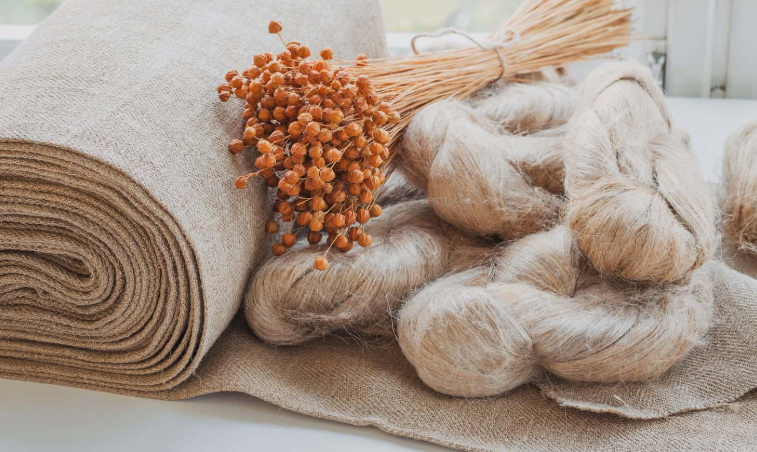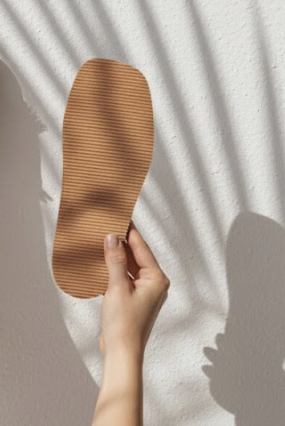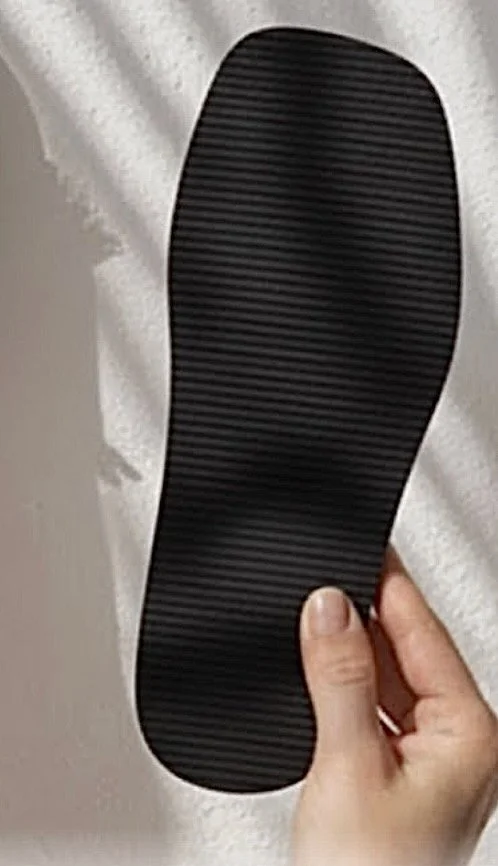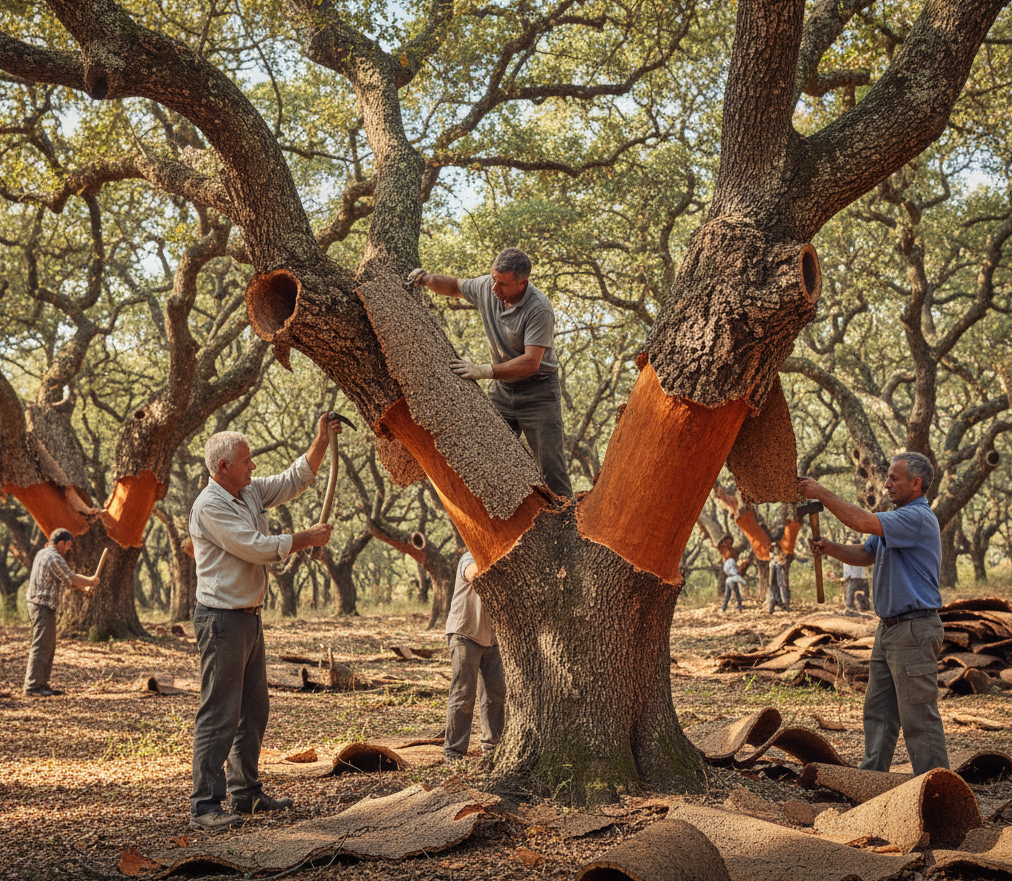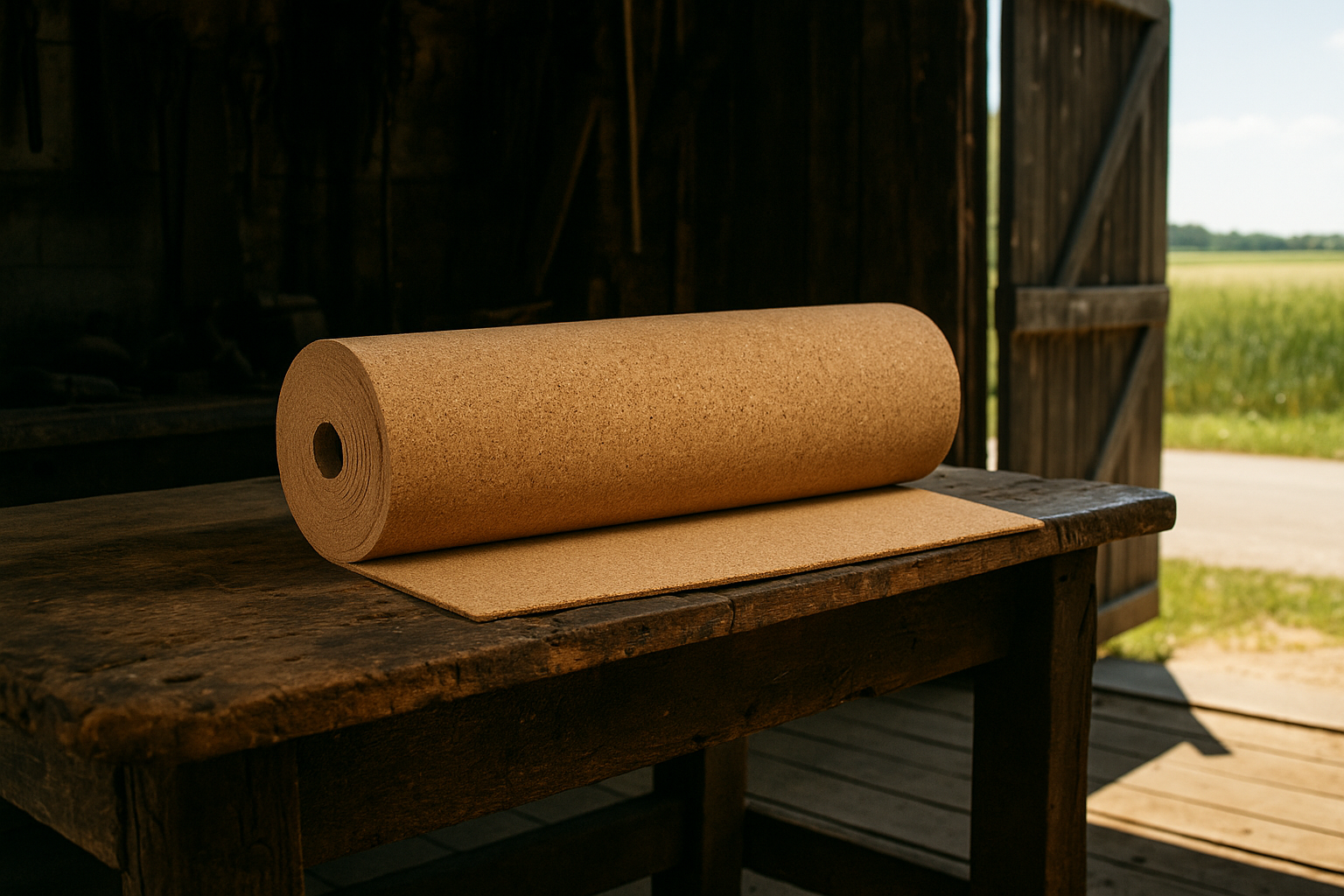Our Fibres……
This is an insight of each of the fibres we at the Simone Quinn label use, when handcrafting or carefully curating for our eco shop.
It’s our mission to make use of and return our products to Mother Nature with the same fibres She has provided for us, so She happily takes them back to biodegrade them.
Flax Linen
Harvesting: Flax is pulled up by the roots to get the longest possible fibres. The seed pods are removed and saved for planting or making linseed oil.
Fiber preparation: The harvested stalks are soaked in water or left in the field to allow bacteria to break down the outer layers, separating the inner fibres. The dried stalks are crushed to shatter the woody core. The broken stalks are scraped to remove any remaining woody material. The fibres are combed to align them, detangle them, and remove short, coarse fibres, leaving long, fine fibres for spinning.
Yarn and fabric creation: The long, prepared flax fibres are twisted together to create yarn. This can be done using wet spinning, where the fibres are kept damp for a smoother thread. The yarn is interlaced on a loom to create the final linen fabric.
Finishing: The natural tan linen fabric can be bleached white. The white fabric can then be dyed any colour. Additional processes may be applied to make the fabric easier to care for or to achieve a desired texture, like stonewashing, where to fabric is placed into a washing machine, along with pumice stones to create the softer texture.
Flax linen is strong, durable, and breathable, which allows it to wick moisture and regulate temperature for coolness in summer and warmth in winter. It is also hypoallergenic, antibacterial, and biodegradable, making it a sustainable and healthy choice. The fabric becomes softer and more comfortable with each wash.
Flax Linen Harvesting
Flax Linen Fabric
Organic Cotton
Farming - Grown without synthetic chemicals, relying on natural methods like composting.
Social Impact - Promotes fair prices for farmers and aims for better working conditions.
Product Quality - Harvested by hand, which can result in a purer, softer, and more durable fiber.
Hypoallergenic - Free from the residues of toxic chemicals, making it ideal for those with sensitive skin.
Organic Cotton Harvesting
Organic Cotton T-shirts
Latex For Our Footwear Soles
Tapping: Workers make cuts in the bark of rubber trees to allow latex to flow out.
Collection: The latex is collected in cups and then gathered in large tanks.
Coagulation: An acid, such as eco formic acid, is added to the latex to cause it to thicken and solidify into a mass.
Rolling: The coagulated rubber is pressed through rollers to remove excess water and form thin sheets.
Drying and Smoking: The sheets are dried, often in smokehouses, to further reduce moisture and improve quality. This can result in a darker, smoked sheet or an air-dried sheet.
Baling: The final raw rubber sheets are then cut, folded into bales, and prepared for shipping.
Natural Latex Rubber Harvesting
Slide Tan Sole
Slide Black Sole
Cork
One of the most versatile materials in the world. Our footwear, which is designed and handcrafted by Simone herself, is predominantly made up of multiple internal layers of cork and for the upper layer of the sole, along with our natural latex rubber supportive internal cushions, creating shock absorption and giving our footwear a softer step.
Harvesting: The outer bark is manually removed from the cork oak tree. This process is sustainable and does not harm the tree, which can live for over 200 years.
Carbon Absorption: After harvesting, the tree absorbs three to five times more carbon dioxide as it regenerates its bark.
Minimal Waste: The manufacturing process is designed to be part of a circular economy, using almost all parts of the raw cork to create different products. For example, cork waste can be turned into new products like insulation boards or granules
Cork Harvesting
Cork Material
Slide Cork Sole Upper Layer
Plant-Based Vegan Leather
Used for the uppers of our footwear.
Collect and Extract The Fibres: Pineapple farmers collect the long leaves that are left over after the fruit is harvested. The long cellulose fibers are extracted from the leaves using semi-automatic machines. The remaining biomass from the leaves is returned to the farmers to be used as fertilizer.
Prepare the fibres: The extracted fibers are washed and dried, typically in the sun. The dried fibres go through a purification process to remove impurities.
Create the non-woven substrate :The purified fibers are mixed with a corn-based polylactic acid (PLA). This mixture undergoes a mechanical process to create a dense, non-woven felt-like material. This is the base for footwear vegan leather.
Finish the material: The felt rolls are sent to specialised finishing facilities in Spain. They are coloured using GOTS certified pigments. A very thin top coating of petroleum-based resin is applied to enhance strength, durability, and water resistance.
Pineapple Leaf Fibre Harvesting for Vegan Leather



